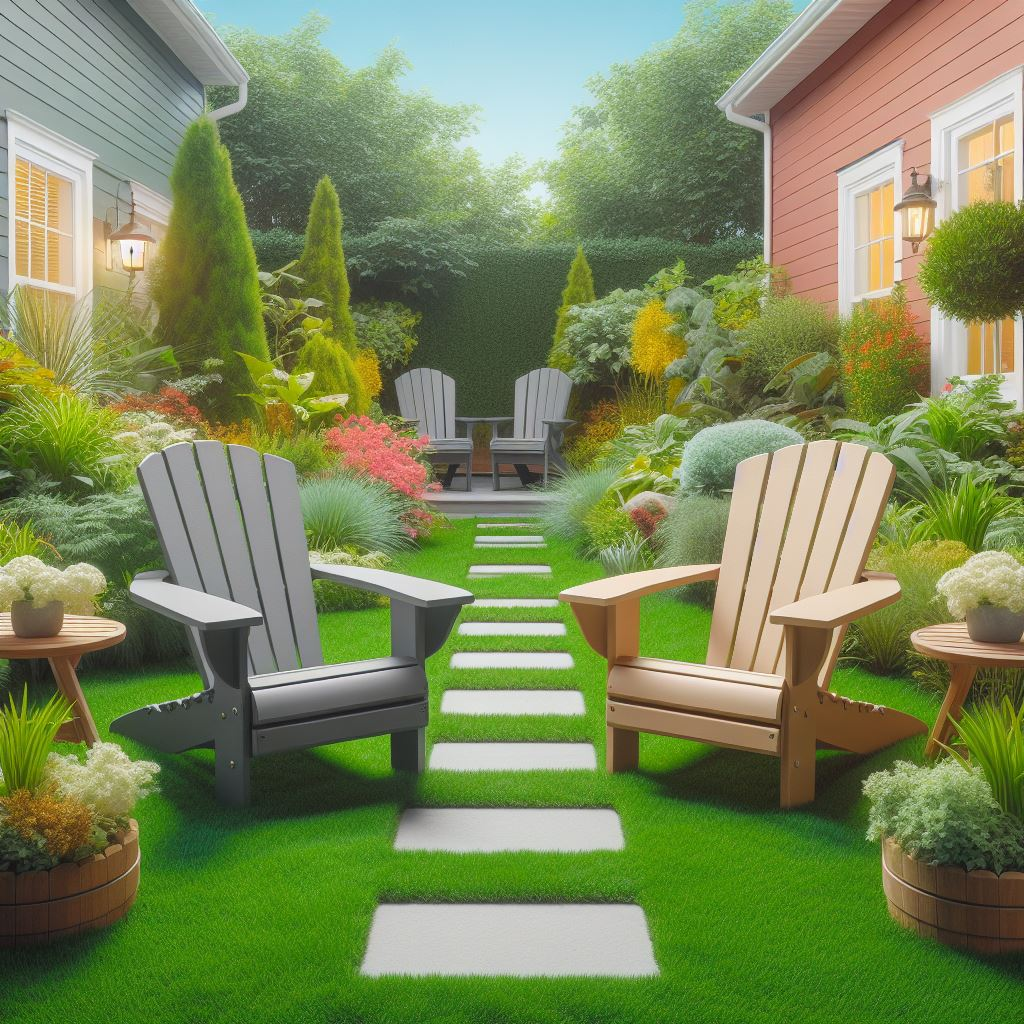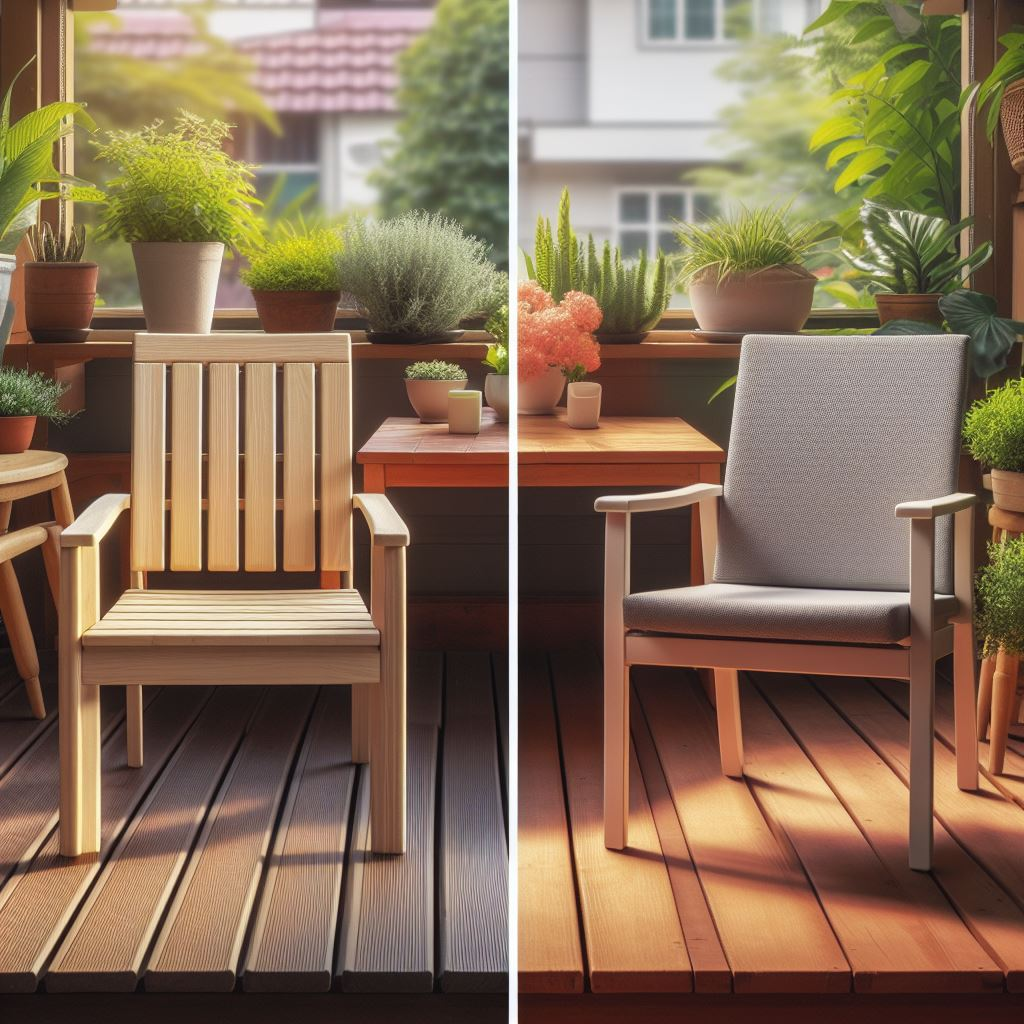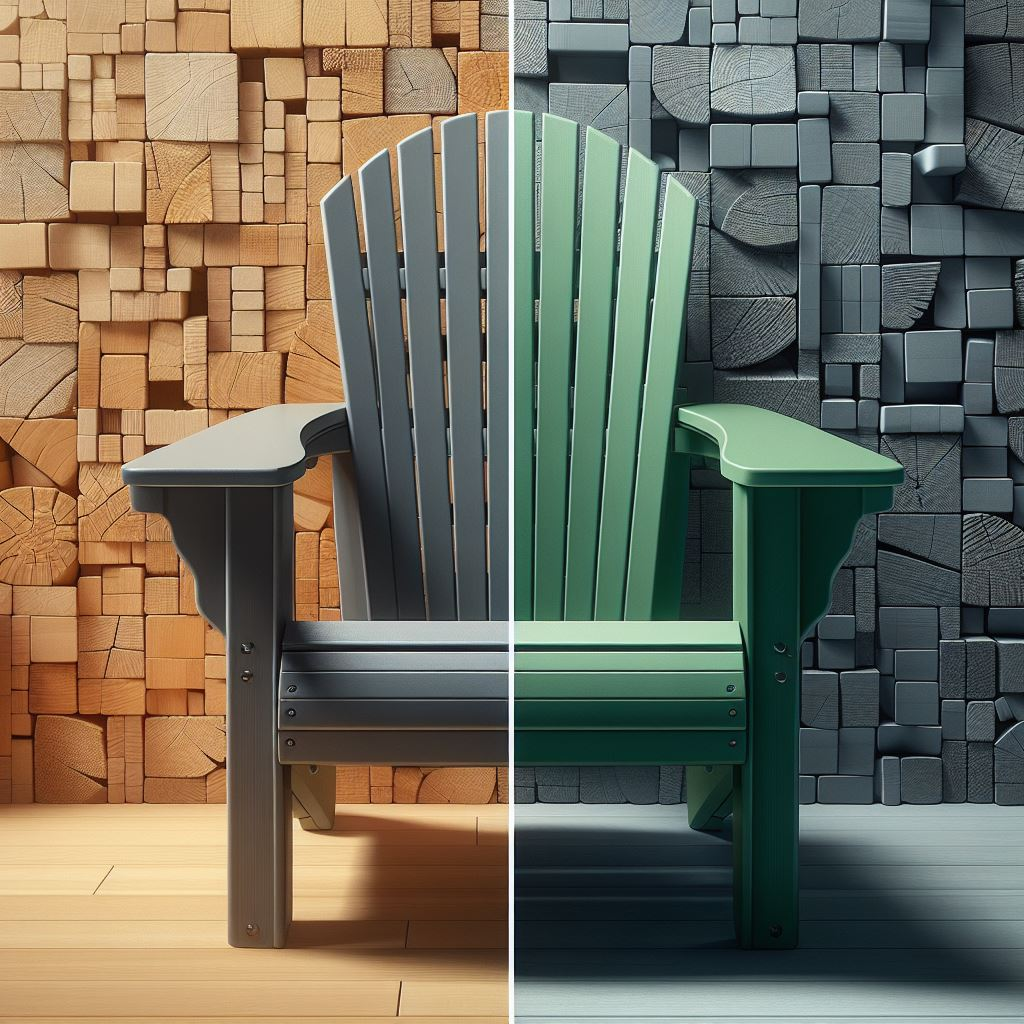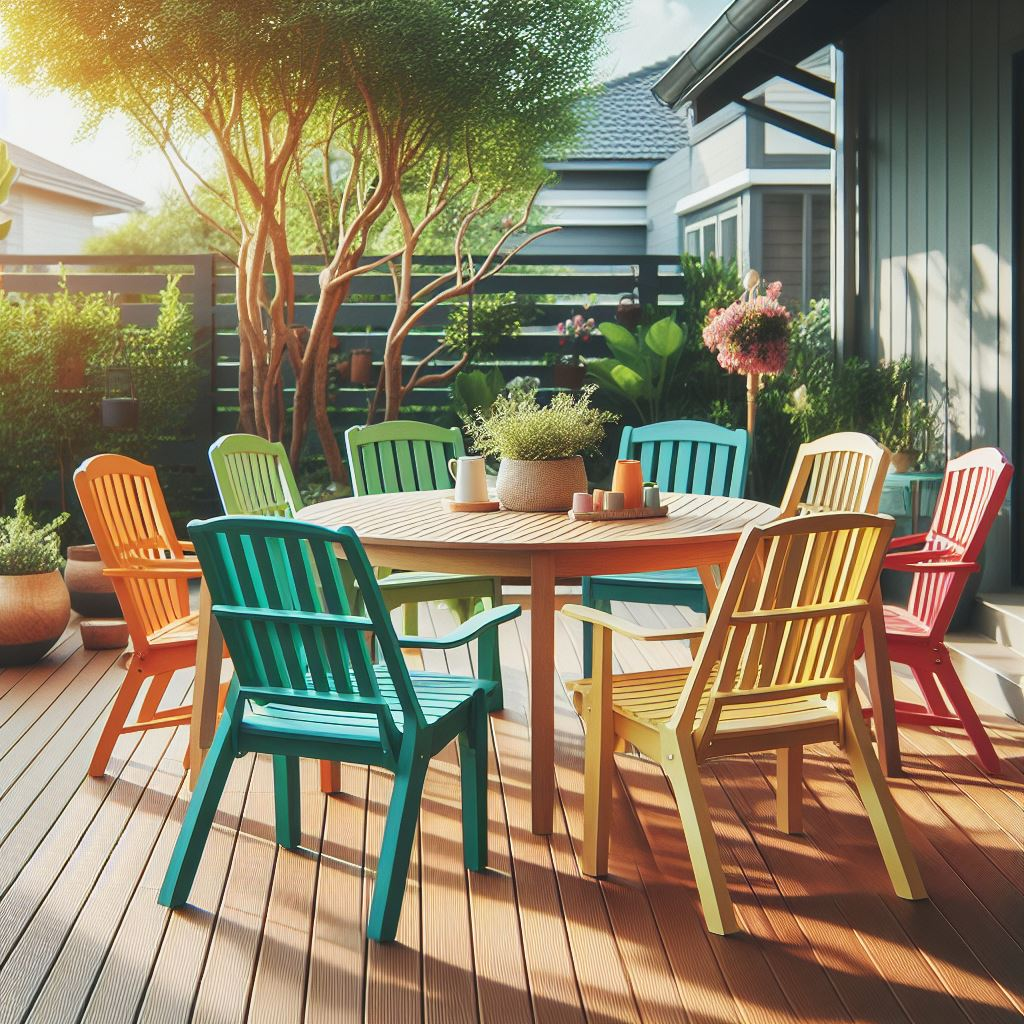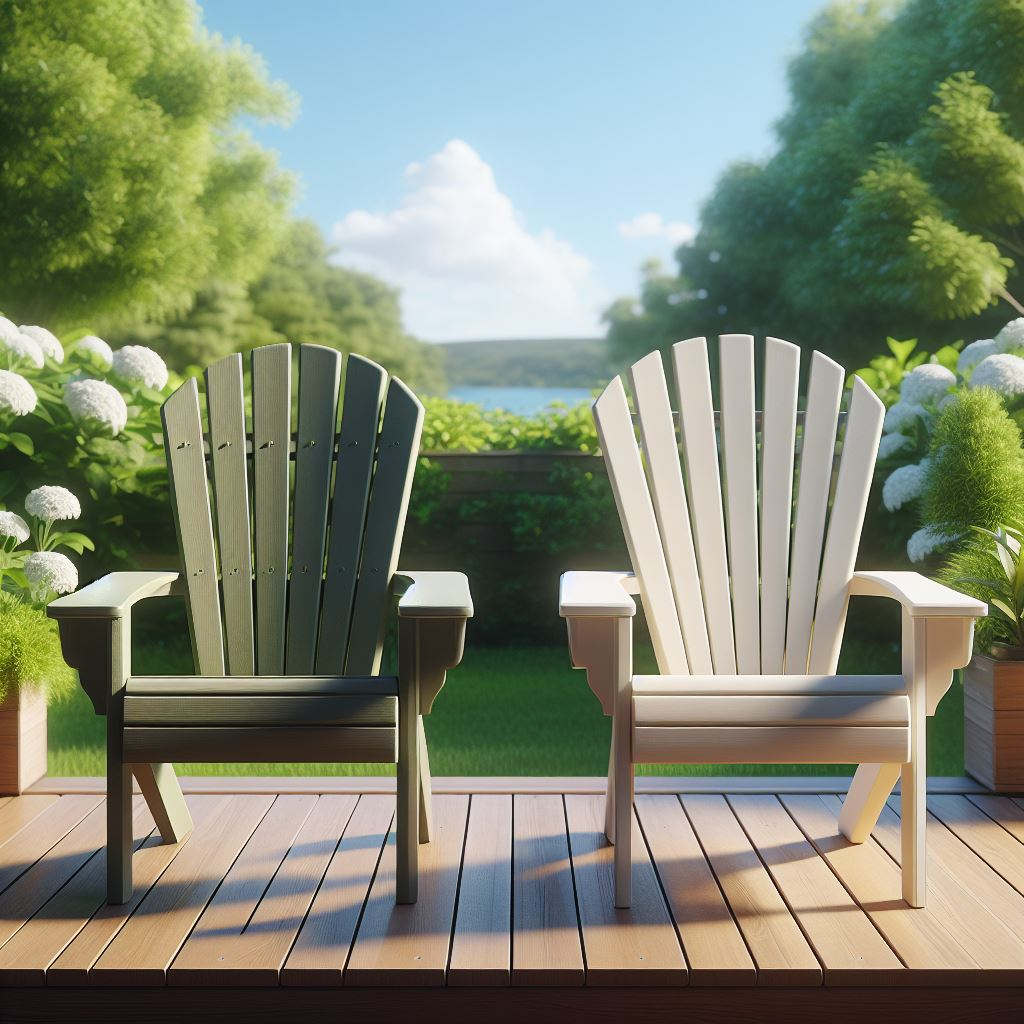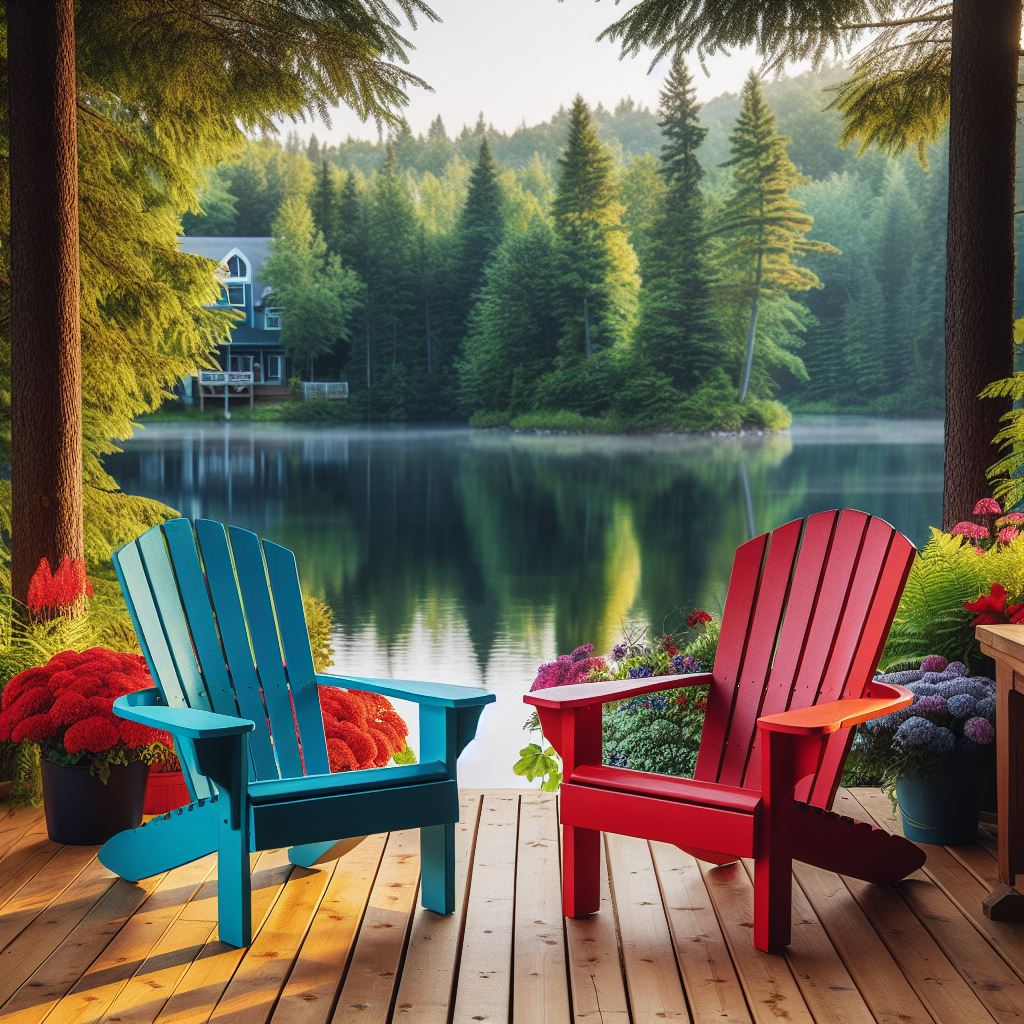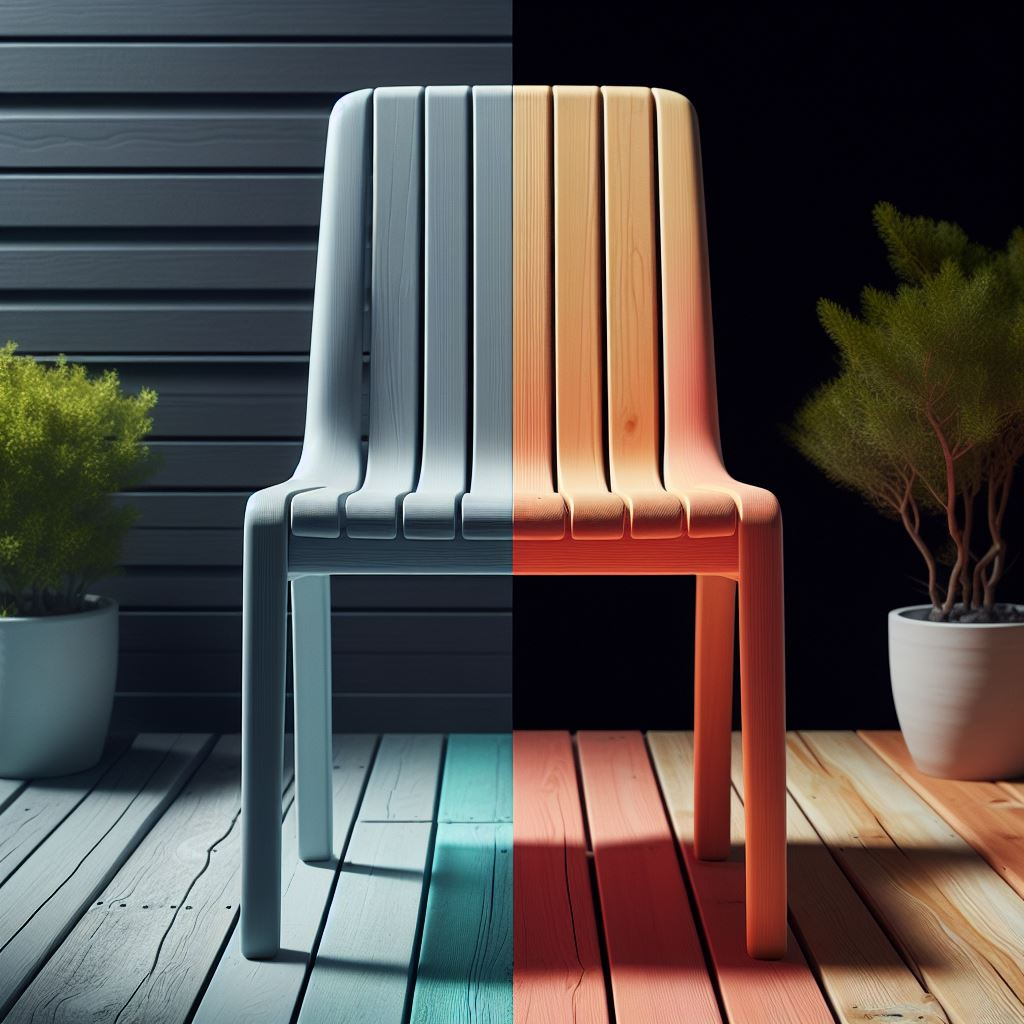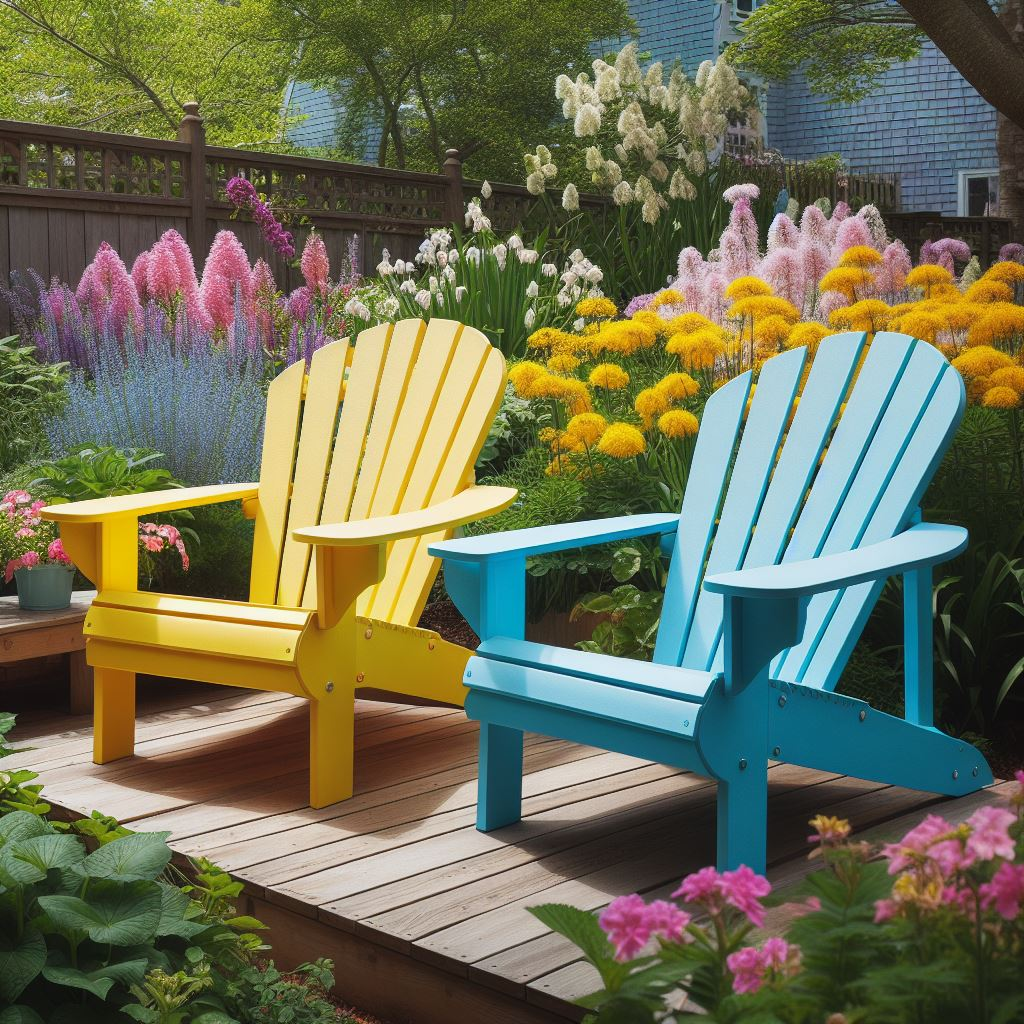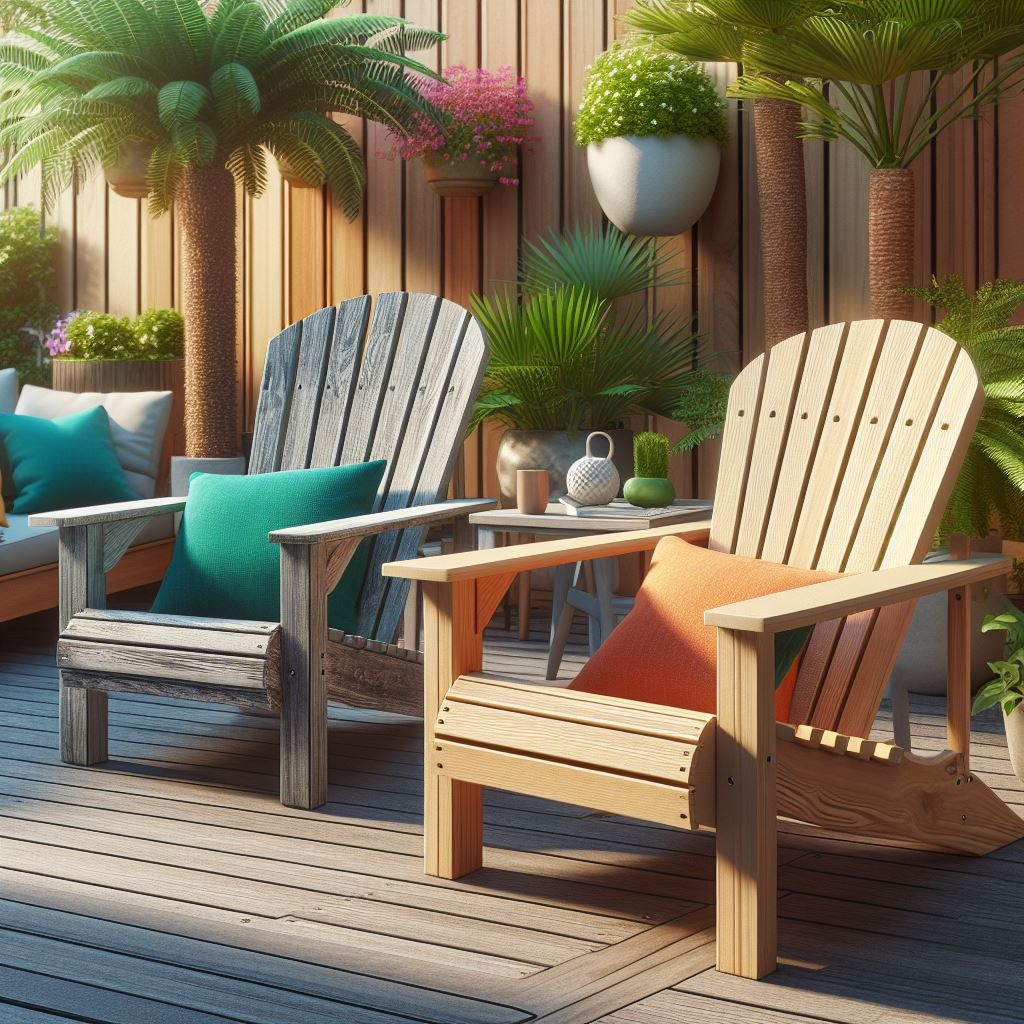As someone who has spent a significant amount of time researching and using outdoor furniture, I’ve come to appreciate the importance of the materials used in their construction. Two materials that have caught my attention are Marine Grade Polymer (MGP) and Polywood. Let me share my experiences and insights about these two remarkable materials.
Here’s a detailed comparison table between Marine Grade Polymer (MGP) and Polywood:
| Feature | Marine Grade Polymer (MGP) | Polywood |
|---|---|---|
| Material | Made from High-Density Polyethylene (HDPE), a type of plastic that is not only incredibly durable but also 100% recyclable. | Made from High-Density Polyethylene (HDPE) derived from recycled plastic lumber, making it a sustainable choice for outdoor furniture. |
| Origin | Originally developed for boat hulls, which speaks volumes about its durability and resistance to harsh conditions. | Developed as a response to the growing need for eco-friendly and sustainable outdoor furniture materials. |
| Durability | Highly resistant to swelling, warping, rotting, cracking, peeling, or separating. It’s designed to withstand harsh marine conditions. | Highly resistant to various weather conditions, including sun, rain, snow, and saltwater. Its UV-resistant properties prevent fading, and its marine-grade polymer composition ensures that it can withstand harsh coastal environments. |
| Maintenance | Low maintenance, easy to clean. A simple wipe down is usually enough to keep MGP furniture looking fresh and new. | Low maintenance, easy to clean. Despite being exposed to the elements, Polywood furniture can maintain its color and integrity. |
| Environmental Impact | 100% recyclable, making it an environmentally-friendly choice. | Made from recycled plastic lumber, contributing to sustainability and reducing the carbon footprint. |
| Color Retention | The color pigment goes all the way through the material, so it doesn’t fade over time. This means your MGP furniture will look vibrant for years to come. | UV-resistant properties prevent fading, ensuring your Polywood furniture maintains its color despite exposure to sunlight. |
| Ideal For | Any climate, particularly harsh marine conditions. Perfect for beachside homes or any outdoor space exposed to the elements. | Various weather conditions, particularly harsh coastal environments. Ideal for patios, gardens, and any outdoor space. |
Marine Grade Polymer (MGP): A Deep Dive
Marine Grade Polymer, or MGP, is a high-quality plastic lumber that has been making waves in the outdoor furniture industry. It’s made from High-Density Polyethylene (HDPE), which is not only incredibly durable but also 100% recyclable. This makes MGP a great choice for those of us who are environmentally conscious.
The unique aspect of MGP is its origin. It was initially developed for boat hulls, which speaks volumes about its durability and resistance to harsh conditions. I’ve seen MGP furniture withstand the elements without swelling, warping, or rotting. It’s also highly resistant to cracking, peeling, or separating.
One of my favorite MGP furniture pieces is a patio dining set that I’ve had for years. Despite being exposed to the elements, it has maintained its color and integrity. This is because the color pigment in MGP goes all the way through the material, so it doesn’t fade over time.
Polywood: An In-Depth Look
Polywood, on the other hand, is a synthetic wood material that has gained popularity due to its eco-friendly properties. Like MGP, Polywood is made from HDPE, but it’s derived from recycled plastic lumber. This makes Polywood a sustainable choice for outdoor furniture.
I’ve found Polywood to be incredibly resilient. It can withstand various weather conditions, from the scorching sun to pouring rain and even freezing snow. I have a Polywood Adirondack chair that has been exposed to the elements for years, and it still looks as good as new.
MGP vs. Polywood: An Expert’s Perspective
Choosing between MGP and Polywood for outdoor furniture can be challenging, as both materials have their strengths. They’re both weather-resistant, require low maintenance, and offer durability.
However, there are subtle differences. MGP, with its origins in boat hulls, offers a unique blend of toughness and elegance. On the other hand, Polywood, with its focus on sustainability and eco-friendliness, appeals to those who want to make a green choice.
In conclusion, whether you choose MGP or Polywood, you’re investing in quality, durability, and sustainability. The choice between the two will ultimately come down to your specific needs, design preferences, and environmental considerations. As always, the best choice is the one that meets your unique requirements and contributes to a greener and more sustainable future. Happy furniture shopping!
